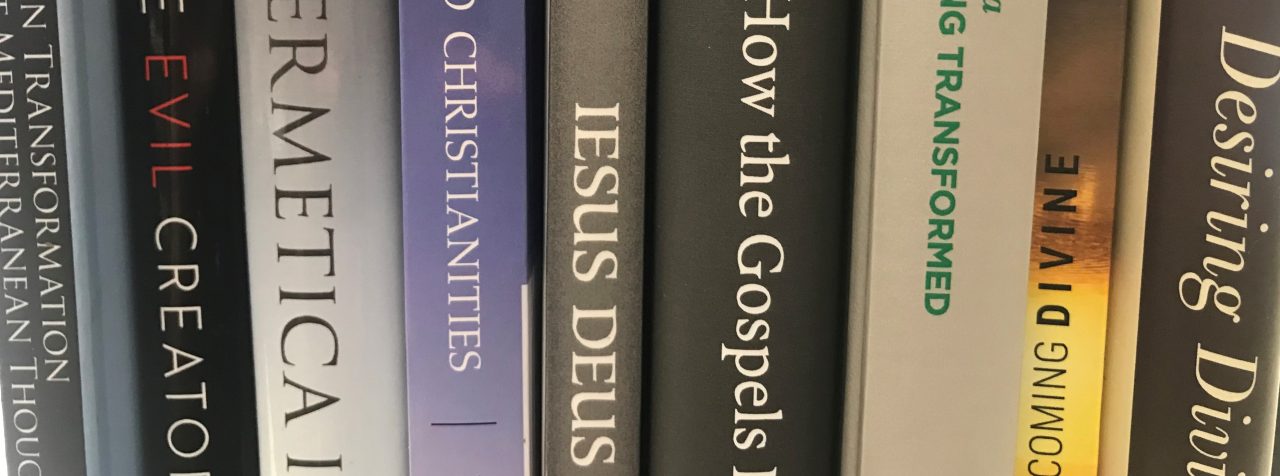Conservative apologists often boast that the New Testament (NT) is the best preserved and bested attested text from antiquity (over 5000 manuscript witnesses). What they don’t tell you is that none of this matters because not a single one of these manuscripts are original. This means that there is a “dark period” between the time of writing every document of the NT and the time of its actual appearance as a manuscript we possess.
Take, for instance, the Gospel according to Mark. The earliest manuscripts of Mark appear in the early third century (to give it a number, about 220 CE). If you think it was written around 70 CE, then there is 150 year gap in which we do not have any idea what was going on with the text of Mark. We could have ten billion manuscripts of Mark from the third century, but it would not matter, because literally anything in Mark could have been changed in the long, dark period between 70 and 220 CE.
The unsuspecting Christian might ask: why would we suppose there was considerable change in NT texts during the dark period? Answer: Because we see traces of major changes in the manuscripts.
To read the rest of this post, please become a member.
Subscribe to get access
Read more of this content when you subscribe today.




Leave a comment